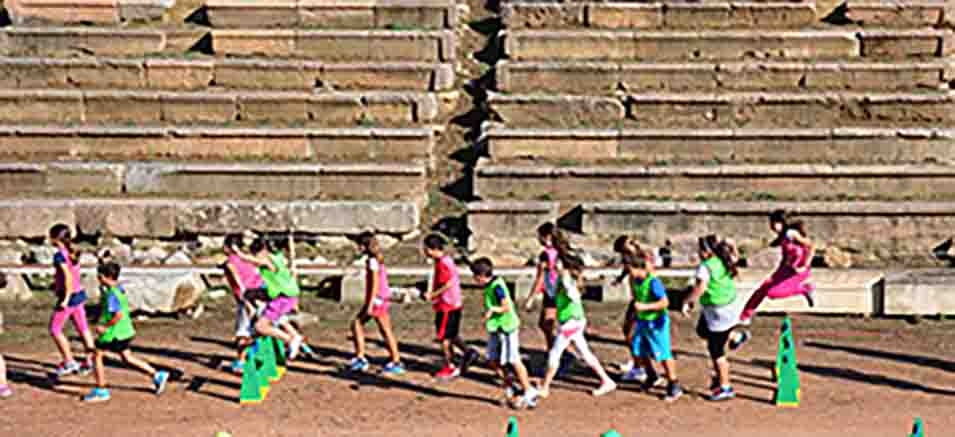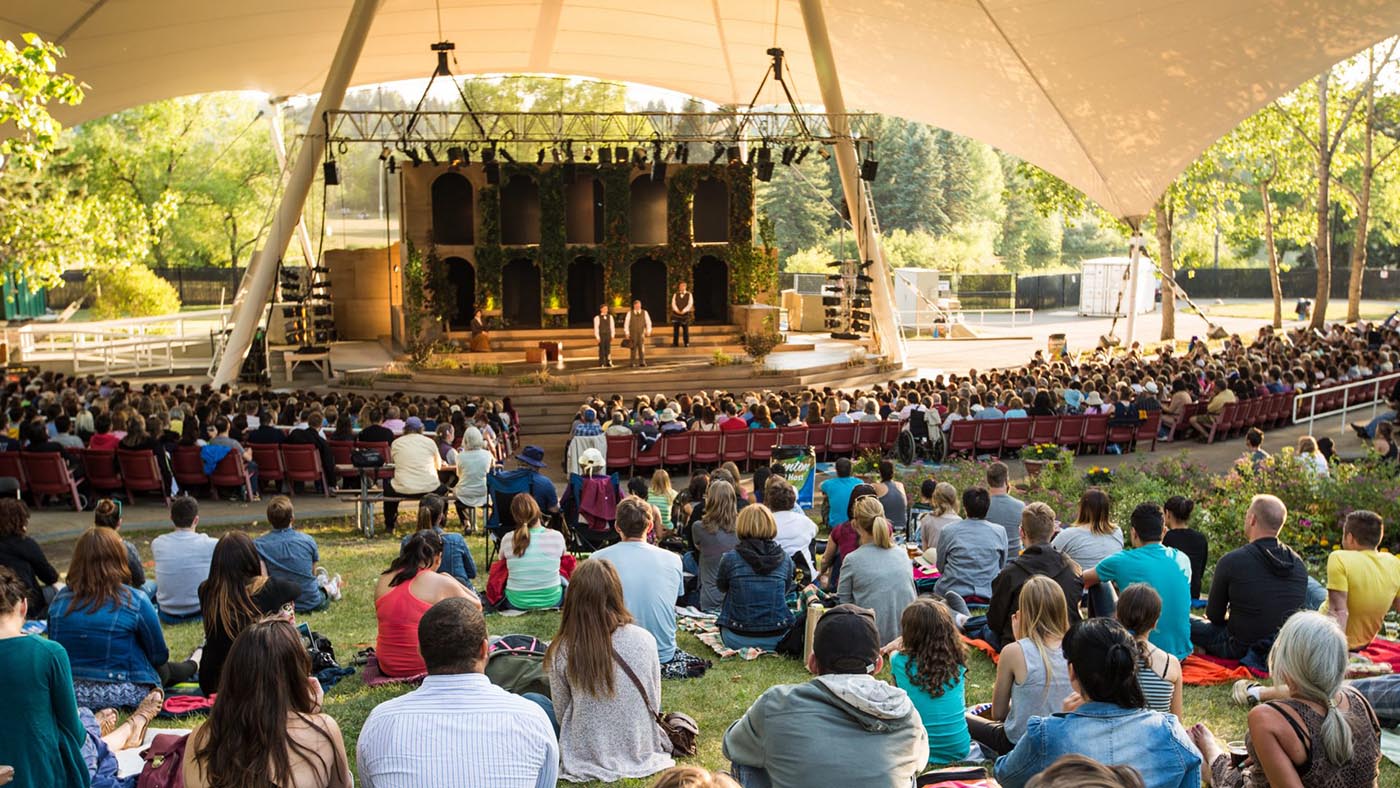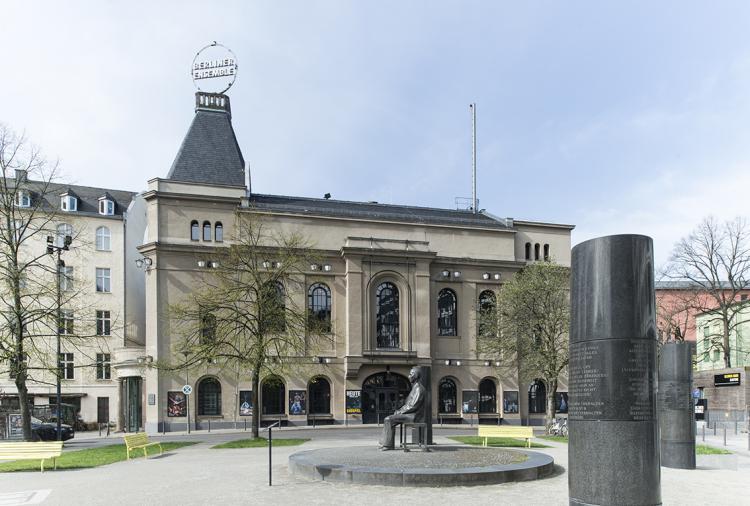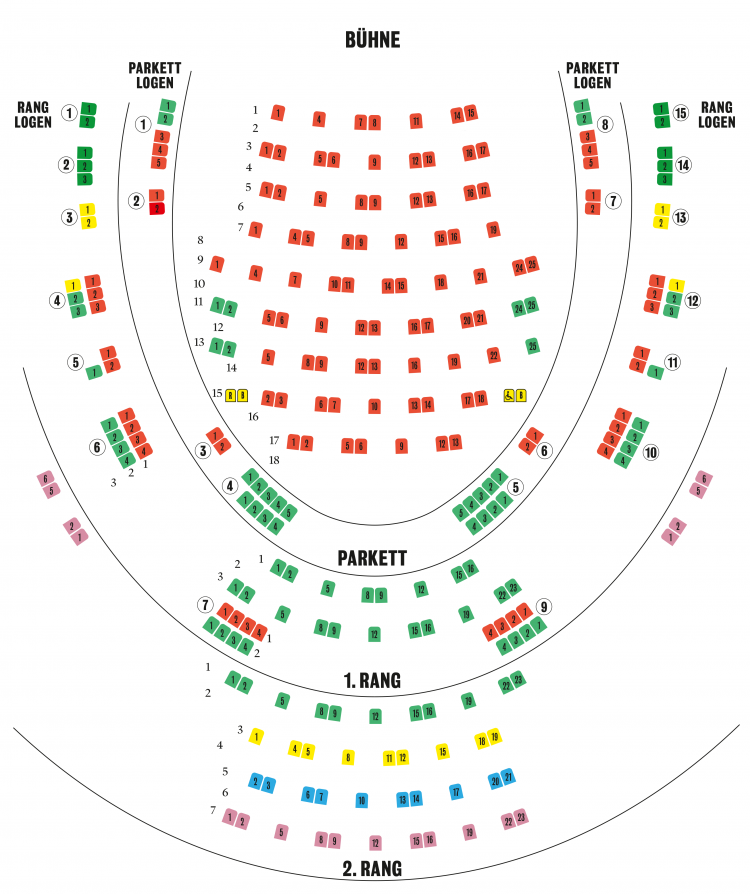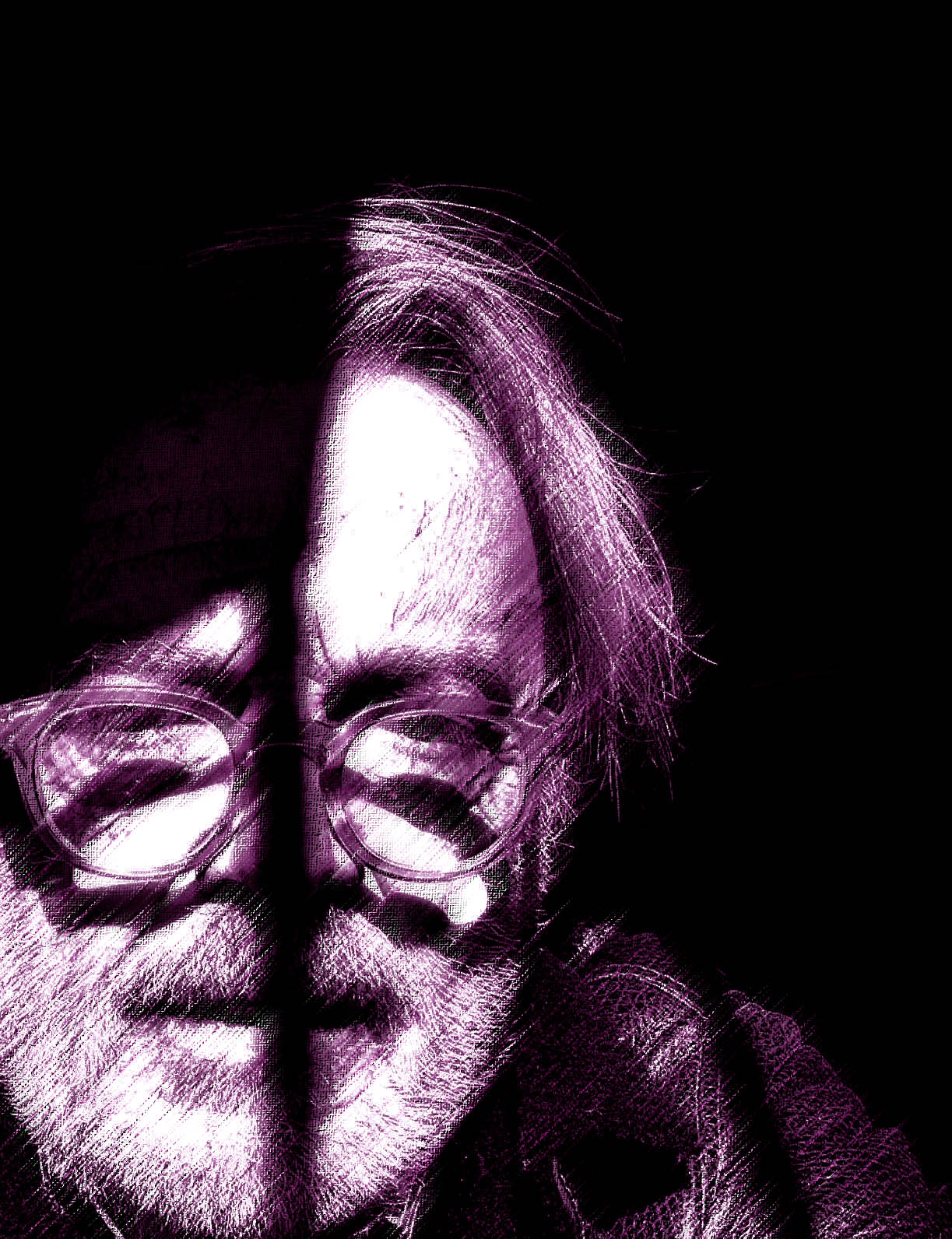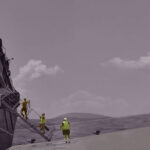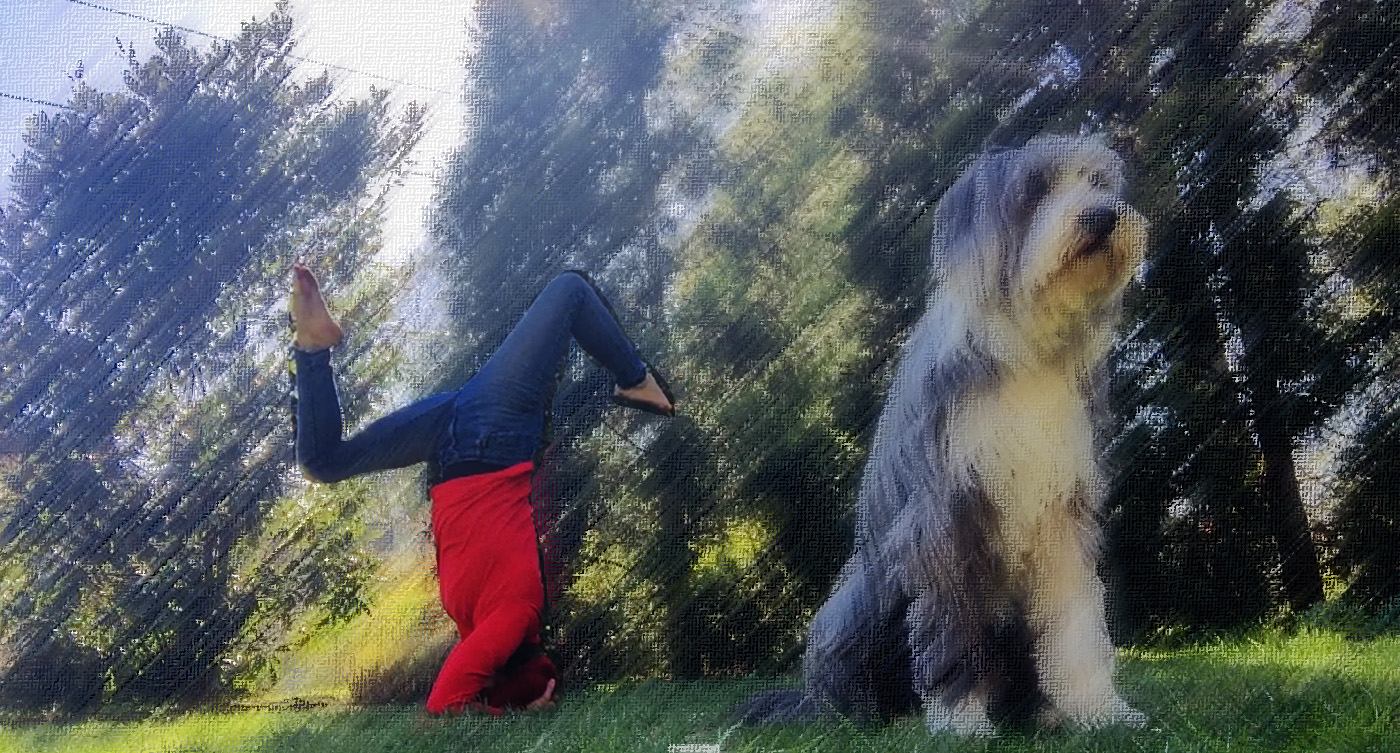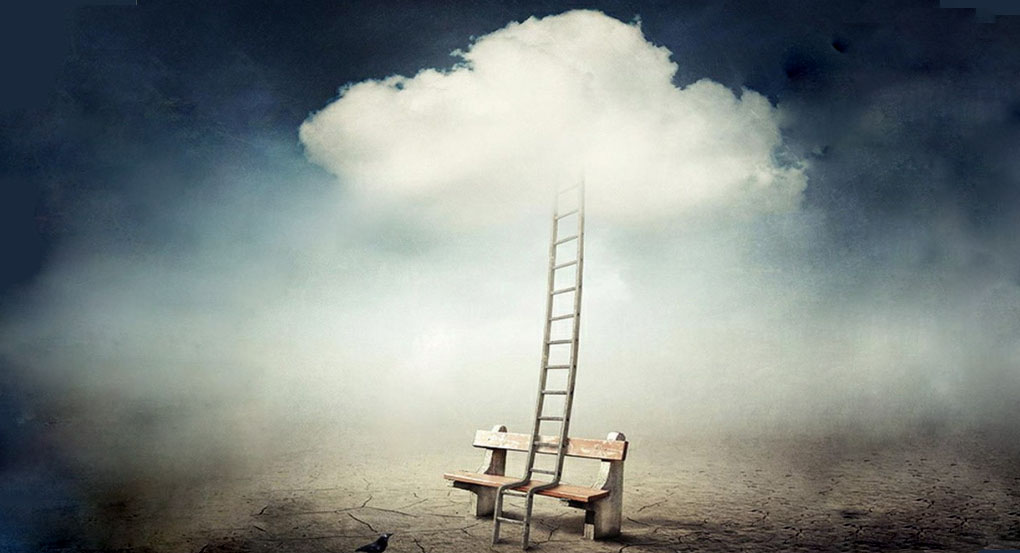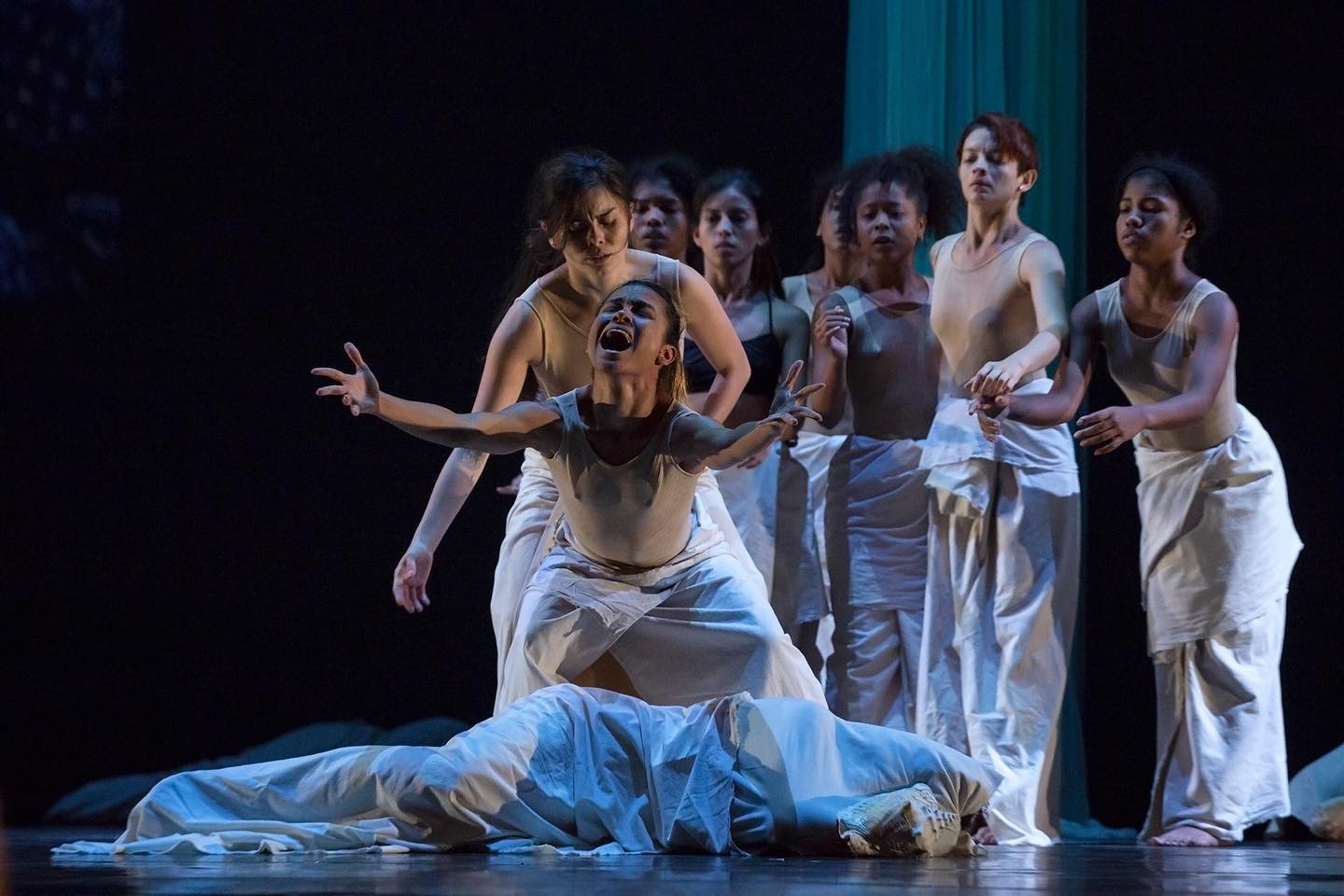Never in my 25+ year teaching career did I expect to be teaching embodied dance classes online. The learning curve was huge for me. My work has always been in the moment, in the classroom, and with an accompanist; teaching virtually forced me to become proficient in Zoom meetings, Moodle, and other online platforms. I had to pre-record and record live classes, upload videos, get music rights, and learn how to put closed captioning all my videos and video assignments.
During the past several weeks many of my students were distressed, unmotivated, and/or depressed at one time or another; some had nowhere to go, some were stuck in the dorms, some were traveling long distances to get home to their families, and some were taking on new roles as caretakers in their home settings. And of course our seniors lost the opportunity to officially say good bye to each other.
I ended up with two different virtual teaching models during this time. At Bryn Mawr College we continued to meet at our regular class time twice a week to dance together via Zoom. Our class became a very important place to meet and talk, share bread recipes, laugh, and sometimes cry together. We spent a lot of time bumping into furniture, knocking over plants, and dancing over and around family members and pets. Our phrase work had to be adjusted for much smaller spaces and for a variety of floor surfaces – students were working on carpet, outside on the grass, or on concrete floors. I also teach at lot of partnering in my advanced technique class. Guess what? Dance partnering in the virtual world isn’t so effective when your only potential partners are inanimate objects…
I had to come up with a different plan for my Swarthmore students. Time zones were a big challenge; this particular group of students lived in different parts of the country (Seattle, Alaska, Northern Idaho, California, as well as the East Coast) and in other countries (China, Nigeria, and Bhutan). There simply was no longer an easy time to meet. I came up with a “Chose your own Adventure” model where students could choose 12 virtual assignments out of about 30 to complete on their own time and pace during the rest of the semester. There was also an option to meet once a week via Zoom, but hardly anyone in the class chose that option. I have to say I feel like I got to know most of my students in a new way through email and their exceptional writing about the dance assignments they chose. We don’t often have a lot of opportunity to speak in class since we are moving most of the time. I got to know a bit about their other classes, and had the opportunity to attend some of my seniors’ Engineering talks because I wasn’t teaching at a particular time.
Learning to teach dance on screen was a challenging endeavor. In the studio I have instant feedback, can adjust on the fly, can provide guidance and direction as needed. Web conferences are a step removed — 3D movement becomes flat, left and right can be hard to identify, and movement that isn’t frontal is difficult to teach in this platform. Everything takes twice as long to learn virtually. The learning experience online can be uneven; there are so many obstacles – easy access to computers, internet, differing economic and living situations.
The biggest loss is the sense of community that is typically one of the most important things to me in my teaching. The studio is a place to learn, to make mistakes together, to feed off each other’s energy, to encourage each another with a smile from across the room, or to try something new. That sense of communal energy is more difficult to achieve when we’re connected by video screens.
I believe that dance has the power to move people, to heal people, to enrich and empower communities and connect us socially. Trying to accomplish this virtually has been challenging as we have all been isolated in different time zones and different living situations, and we have new priorities given the magnitude of the crisis. Being able to connect online in new ways has been heartwarming and heartbreaking. It has given all of us a unique glimpse into each other’s lives through a completely different lens.
–Bethany Formica, Freelance Dance Artist and Wood Artisan
From Philadelphia USA
www.bethanyformica.org www.sawdustsiren.com
